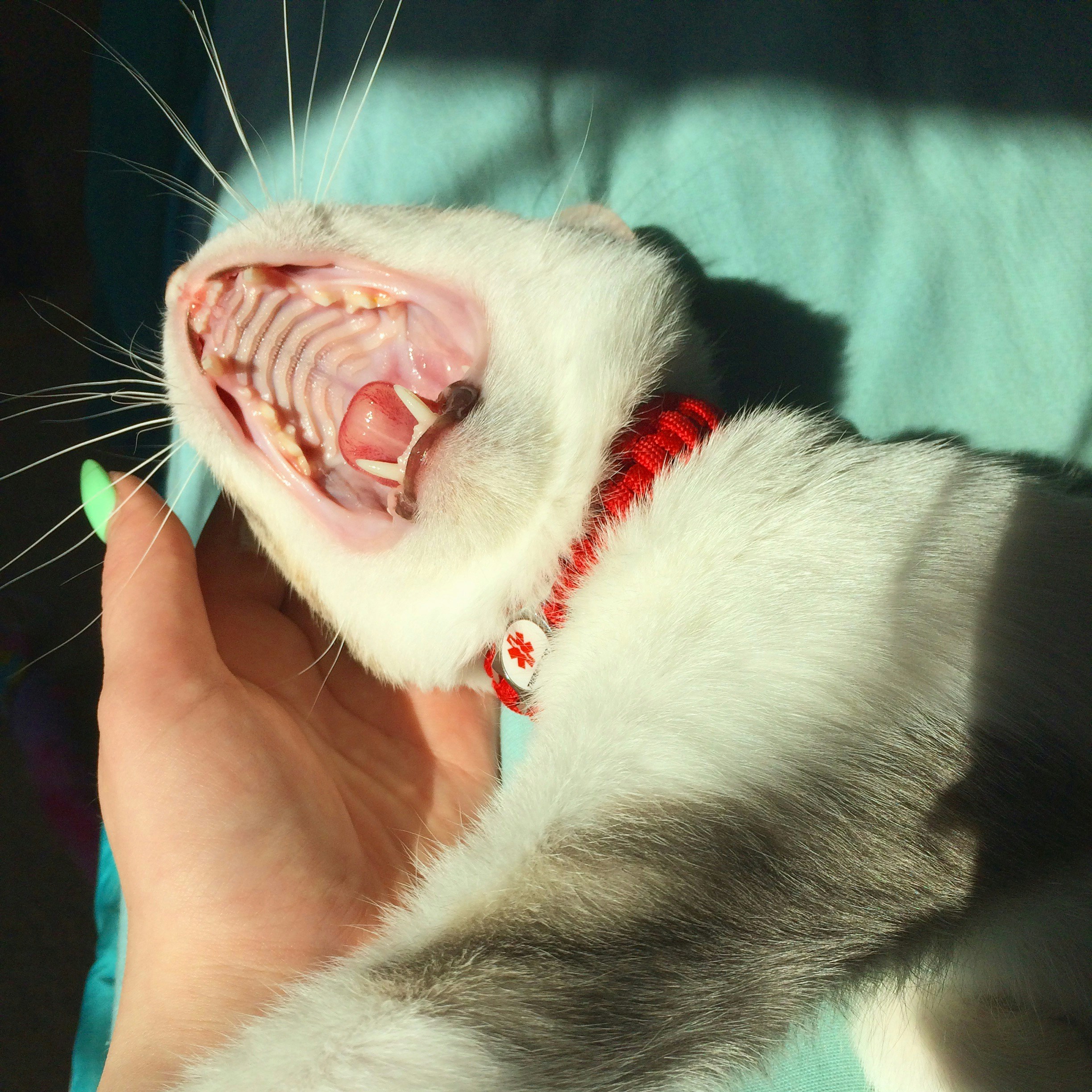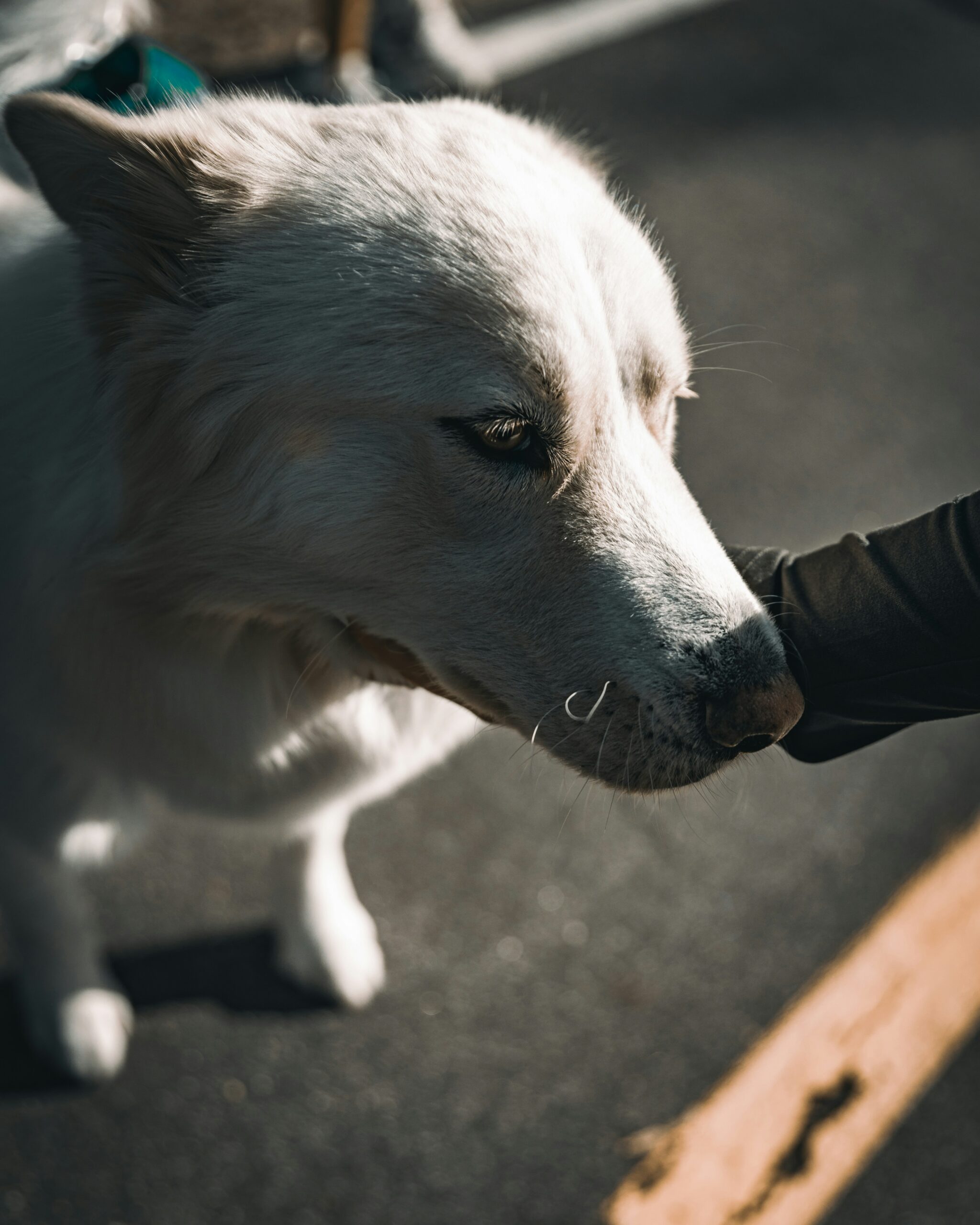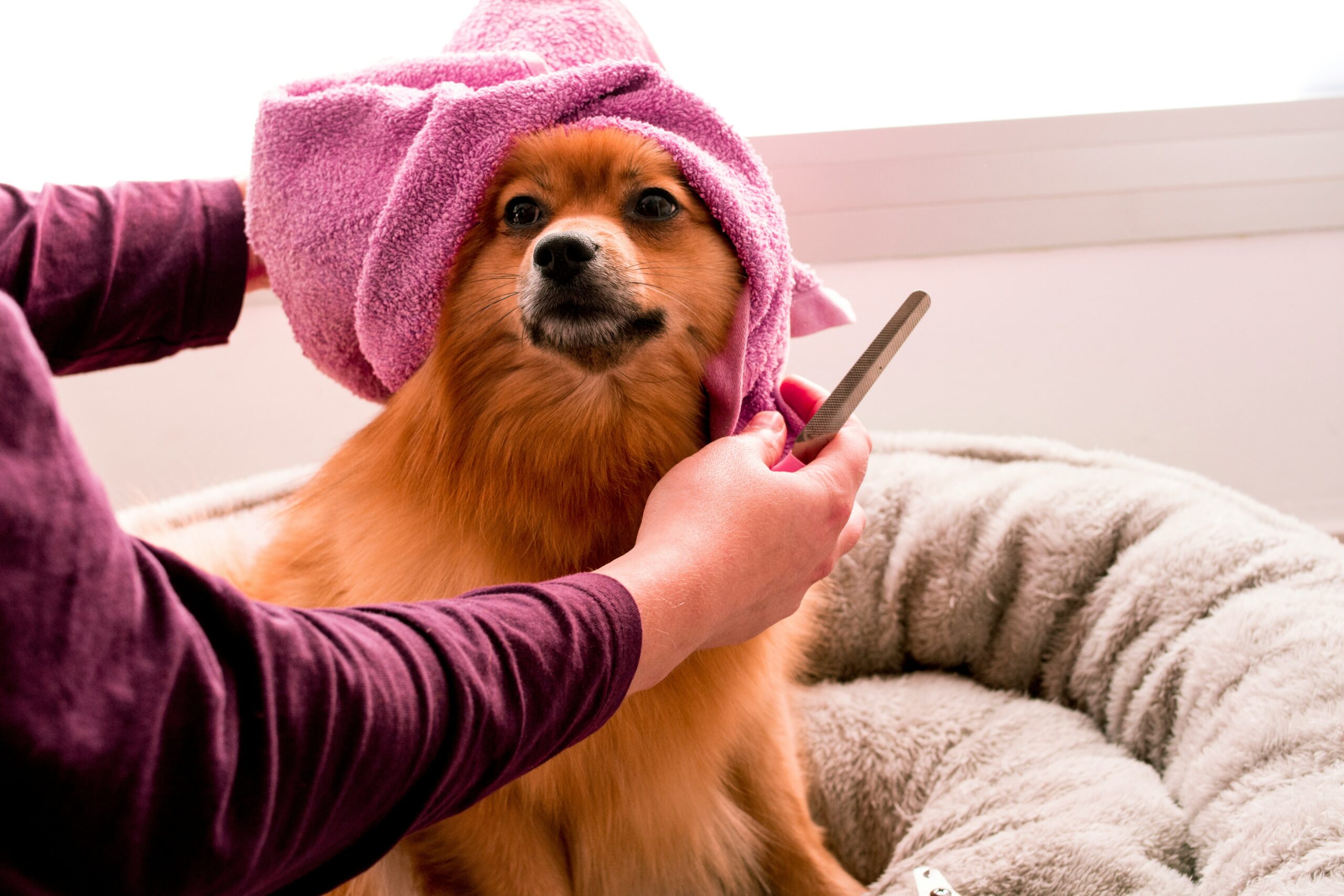Just like humans, pets can suffer from toothaches too — and it can be just as painful for them. The problem is, animals can’t tell us when they’re in pain. That’s why it’s important for pet owners to recognize the signs and know what to do when their furry friend has dental issues. Here’s a simple guide to help you care for your pet if you suspect they have a toothache.
1. Notice the Signs of Dental Pain
Animals are very good at hiding pain, so you’ll need to look closely for any changes in behavior. Here are some common signs your pet might have a toothache:
- They stop eating or chew on one side of the mouth.
- Drooling more than usual.
- Bad breath that wasn’t there before.
- Pawing at the mouth or face.
- Swelling around the mouth or jaw.
- Becoming irritable or less playful.
If you notice any of these symptoms, don’t ignore them — they can be a sign of an infection, a broken tooth, or gum disease.
2. Check the Mouth (If Your Pet Allows It)
If your pet is calm, gently lift their lips to take a look. Do you see:
- Red or swollen gums?
- Brown or yellow buildup on teeth?
- A cracked or missing tooth?
- Any bleeding?
Be careful — if your pet is in pain, they might bite out of fear. If they don’t let you look, stop immediately and leave the examination to a vet.
3. Don’t Try Human Remedies
It might be tempting to give your pet pain medication meant for people, but this can be dangerous. Never give your pet human painkillers like ibuprofen, aspirin, or paracetamol — they can cause serious poisoning. Instead, focus on keeping your pet comfortable until you can see a vet.
4. Visit the Veterinarian
This is the most important step. Only a professional can find out what’s really causing the tooth pain. The vet will examine your pet’s mouth and may recommend:
- Dental cleaning under anesthesia
- Tooth extraction (if it’s severely damaged)
- Antibiotics to fight infection
- Pain relief medication that’s safe for pets
The earlier you visit, the easier and cheaper the treatment usually is — and your pet will feel better faster.
5. Keep Their Teeth Healthy
Prevention is always better than treatment. To avoid future toothaches:
- Brush your pet’s teeth regularly with pet-safe toothpaste.
- Give them dental treats or chew toys that help clean teeth.
- Schedule annual dental checkups with your vet.
- Feed them quality food that supports oral health.
These small habits can make a big difference in keeping your pet’s smile healthy and pain-free.



